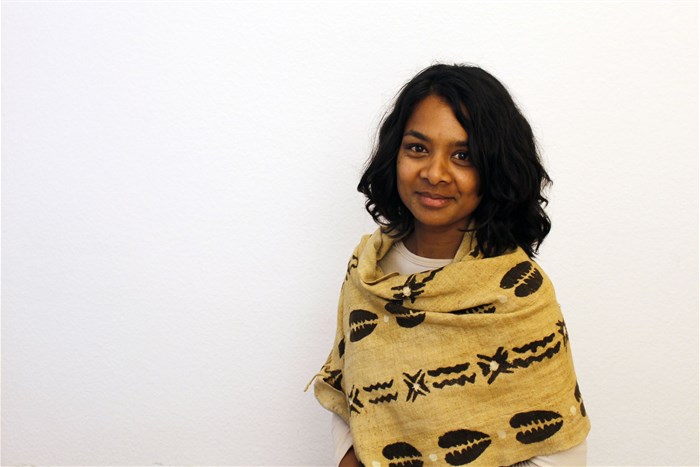
Top stories

Marketing & MediaFather, friend, icon: South Africa pays tribute to the late DJ Warras
Karabo Ledwaba 4 hours





More news



















Energy & Mining
We are seeing content in various formats: artistic gestures, work in progress, historic or archival content, current work or new ideas. Some content is substantially produced, other content punctual and impulsive.

A quick scope of online artistic content shows artists and institutions making the transition to digital for various purposes.
The Centre for the Less Good Idea showed elements of their season seven free of charge through their website and on Facebook and Instagram when the lockdown was going into effect shortly before they would have presented to a live audience. Similarly, the makers of the movie Moffie released their film on a pay-to-view option through their website as cinemas were closed down. Both the Birmingham Royal Ballet on the BBC and our own Zolani Mahola and Msaki on Instagram, shared gestures of hope and comfort free of charge. Former Standard Bank Young Artist for Jazz Mandisi Dyantyi sold tickets to a living room session concert to connect with his audience and generate income. The Montreux Jazz Festival offered their audience 50 concerts from their archive to stream free of charge when the live festival had to be shut down.
To curate is to select, organise and present content. Now more than ever curation helps to give meaning to the mass of content being posted daily. Curation can provide additional layers of meaning to individual artistic offerings and a collection of work seen or experienced together. It can apply an artistic lens to content not immediately understood as art. Curation is not mystifying, most of us curate inside our daily lives already. We curate our Instagram pages, whether artists or not, we curate our ‘TV’ experience by selecting what we watch on Showmax or Netflix, we make playlists on Spotify or Youtube. Generally, everywhere, not just in the arts, there is more content to select from, and so more selecting and organising to do.
When we are not actively selecting, we owe algorithms the credit for calculating what pops up on our screen. The feeds we see on social media and the results we see on search engines exemplify this. But algorithms can’t calculate artistic intent. Algorithms cannot consider the meaning of bringing particular content together or the artist's purpose when creating and sharing content.
During the lockdown, we have, through social media, a window to art outside of the finished work. This moment allows us to meet our artists personally and witness the range of work and time that goes into the creation of art. Where usually training and rehearsals or research and concept development may have been more hidden aspects, we can now bear witness to our artists’ lives and work.
Mamela Nyamza’s two Instagram posts show her rehearsing ballet positions in her kitchen during the lockdown and archive footage of her performing her first solo work created when she was a student at Ailey 19 in 1998. She presents to an online audience the ongoing work and years of commitment – which underpins her successful career as one of South Africa’s revered artists.
Currently, online payment gateways are available in various modes. Do we move away from paying for the art and move towards paying for the artist, along the lines of a subscription-based approach similar to how we engage with personal trainers, therapists, astrologers, education services or news services? This would reflect access to specific experiences as part of an ongoing commitment. One could pay-to-view, like buying a ticket to a show, where the packaged product is the point of value. One can pay-to-participate where value is identified in participating in real-time. One can donate as and when, where value is placed on impact.
None of these models is new, but thinking about the place of the arts in our lives and artists in our society can help make sense of what and how we rebuild. As the economic fallout of Covid-19 lockdowns globally become manifest, we cannot assume that our industries will go back to how they were – in many cases, they were urgently in need of reimagining already. We will, however, be in a position to rebuild, to reconsider where we recognise the value, and determine whether, where and how we monetise this value.